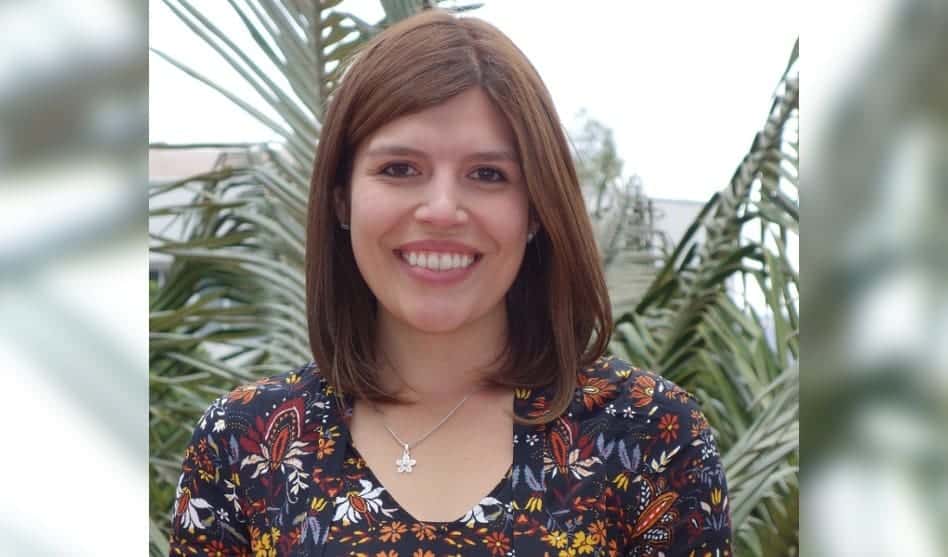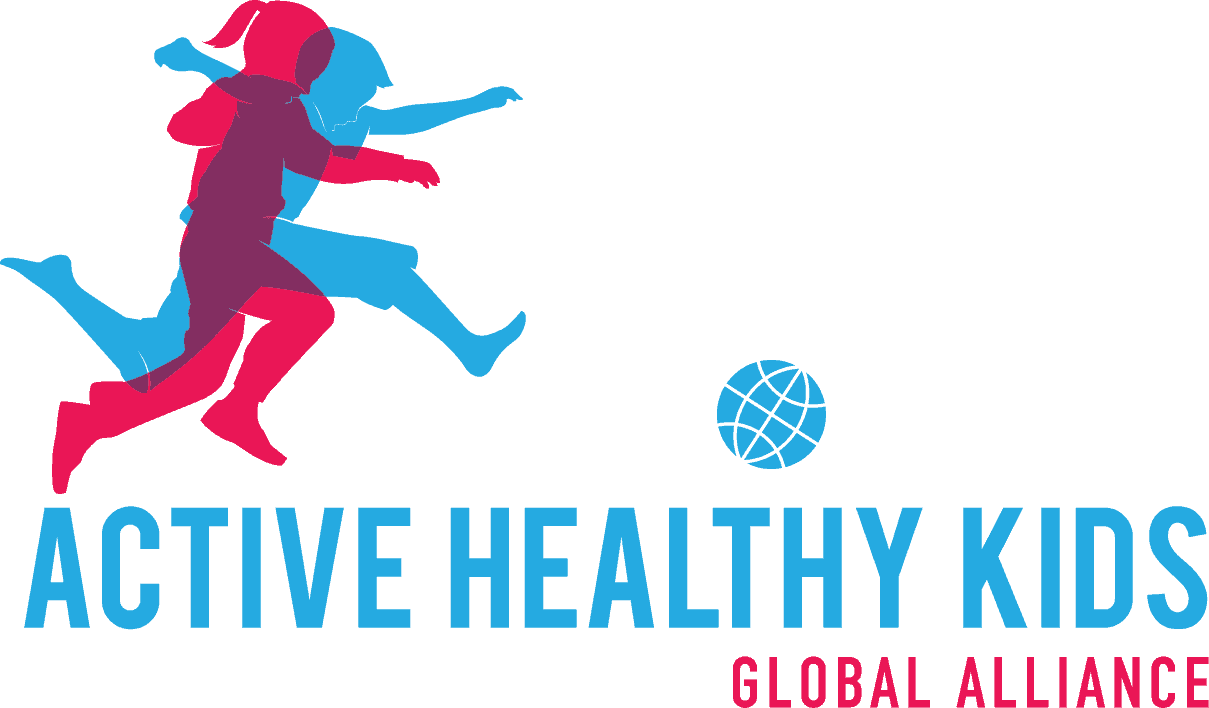
24 May Silvia Gonzalez presents at the ISBNPA Annual Conference
AHKGA South American Representative Silvia Gonzalez has recently made a presentation titled “Active transportation surveillance in the low- and middle-income countries participating in the Global Matrix 3.0” at the International Society of Behavioural Nutrition and Physical Activity Annual Conference. Citation details and the abstract are below.
Congratulations Silvia and team!
González SA, Aubert S, Larouche R, Tremblay M. Active transportation surveillance in the low- and middle-income countries participating in the Global Matrix 3.0. Innovative approaches to overcome lack of active travel data in low- and middle-income countries Symposium. International Society of Behavioural Nutrition and Physical Activity Annual Conference -Virtual Session. Phoenix, Arizona, United States, May 18-21, 2022.
Active transportation surveillance in the low- and middle-income countries participating in the Global Matrix 3.0
Purpose: To identify the main sources of data used by low- and middle-income countries to determine the prevalence of active transportation among children and youth in the Global Matrix 3.0 initiative.
Methods: Eighteen low- and middle-income countries (Bangladesh, Botswana, Brazil, Bulgaria, China, Colombia, Ecuador, Ethiopia, Ghana, India, Lebanon, Mexico, Nepal, Nigeria, South Africa, Thailand, Venezuela, and Zimbabwe) participated in the Global Matrix 3.0 initiative and developed Report Cards on Physical Activity of Children and Youth. The development of the Report Cards followed a harmonized process, with common benchmarks and grading schemes to grade 10 common indicators. One of the indicators was active transportation and the benchmark used to assess this indicator was the percentage of children and youth who use active transportation to get to and from places. Countries provided their best data available to inform this indicator. Data sources from 15 countries were identified and compared.
Results: The main sources of active transportation data in this group of low- and middle-income countries were school-based surveys (46%), followed by household surveys (26.7%) that included nutrition, health, and demographic surveys. Also, physical activity surveys were reported in 3 countries, China, Bulgaria, and Thailand. Pedestrian safety/road traffic injuries surveys were the source of data for South Africa and India. The majority of countries used self-reported measures, and only one reported using Google Earth to estimate distances between home and school. The main strength of the survey data used was the national representativeness for the majority of countries. However, the surveys reported only assessed active transportation to/from school and no other destinations.
Conclusions: We observed that the data sources to inform the active transportation indicator in low- and middle-income countries participating in the Global Matrix 3.0 were diverse and from multiple sectors. Standardized and comparable measures of active transportation are needed. The multiple indicators and approaches identified to measure active transportation in low- and middle-income countries can guide efforts to improve active transportation surveillance.


